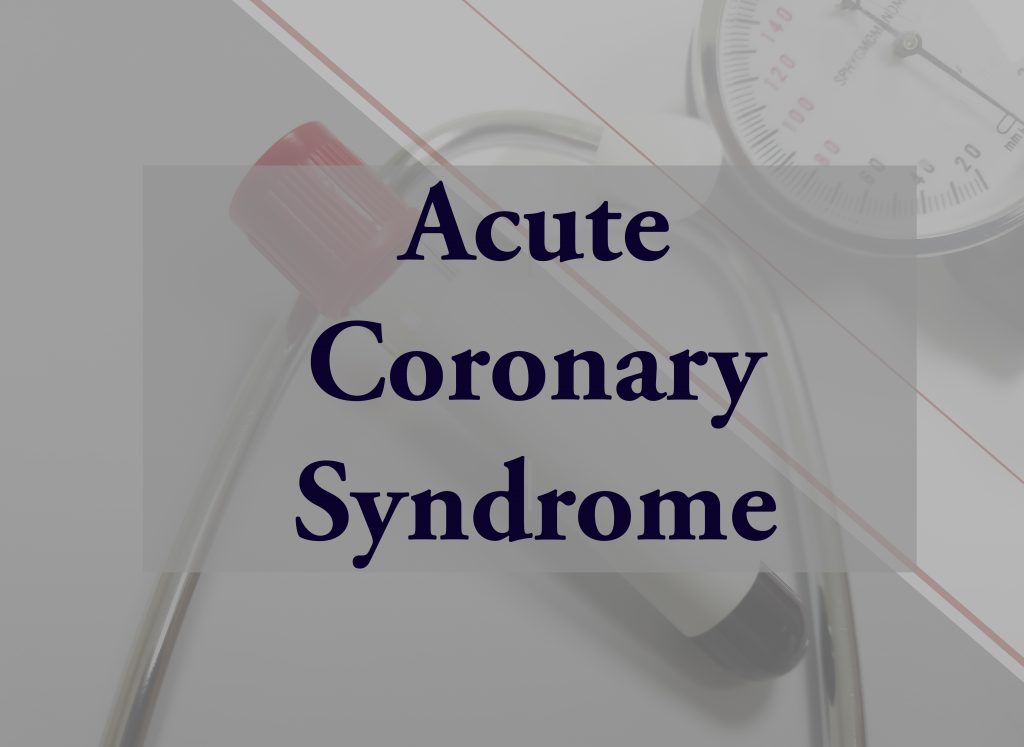Arq. Bras. Cardiol. 2023; 120(5): e20230283
Improving Outcomes of Patients with Acute Coronary Disease in Real Life: The Case of Applying in Practice What We Already Know from Clinical Studies
This Short Editorial is referred by the Research article "Prognosis Related to Reperfusion Therapy Post-Acute Coronary Syndrome in Secondary Care: Long-Term Survival Analysis in the ERICO Study".
Cardiovascular diseases are one the leading causes of death in the world in both developed and developing countries, and according to the World Health Organization, 75% of these deaths are expected to happen in developing countries. Socioeconomic deprivation is a major determinant of cardiovascular mortality associated with more exposure to risk factors and premature deaths. Cardiovascular diseases also take a great toll on the economy. A recent study conducted in Australia projects a total healthcare cost of cardiovascular diseases from 2020 to 2029 of almost 62 billion Australian dollars, with productivity losses of almost 79 billion, with a total cost surpassing 140 billion over 10 years.
Brazil is a developing country of continental dimensions, with marked regional, racial, and socioeconomic disparities. From the 1960s onwards, the country underwent a fast demographic change, with a rapidly aging population and transitioning from predominantly rural to urban. A large proportion of the Brazilian population is exposed to known risk factors of cardiovascular disease, such as low educational levels, poor living and dietary habits, tobacco use, obesity, air pollution, and poorly-controlled risk factors such as hypertension, diabetes, and hyperlipidemia, all of which are associated with higher cardiovascular mortality. Although Brazil has a Universal Healthcare System (SUS), healthcare access is highly heterogeneous, overcrowded, and underfunded, and frequently fails to provide proper care to the Brazilian population.
[…]
324

